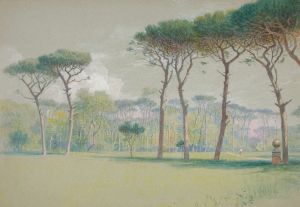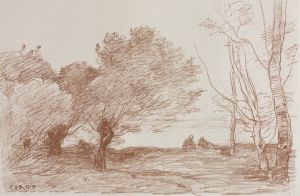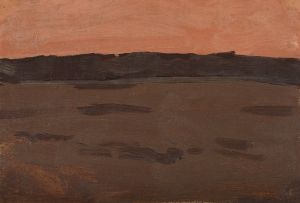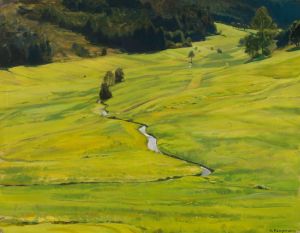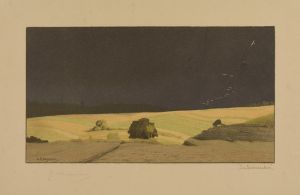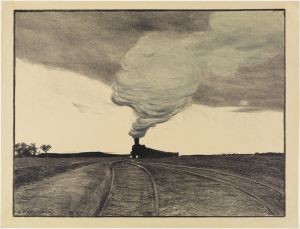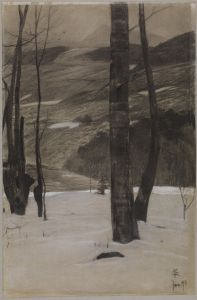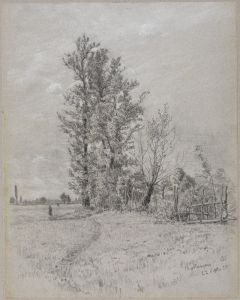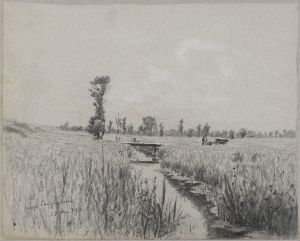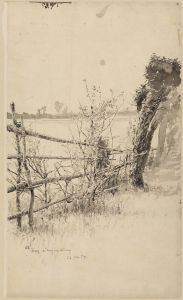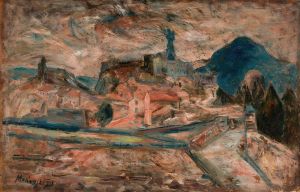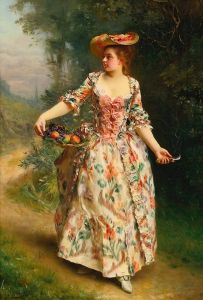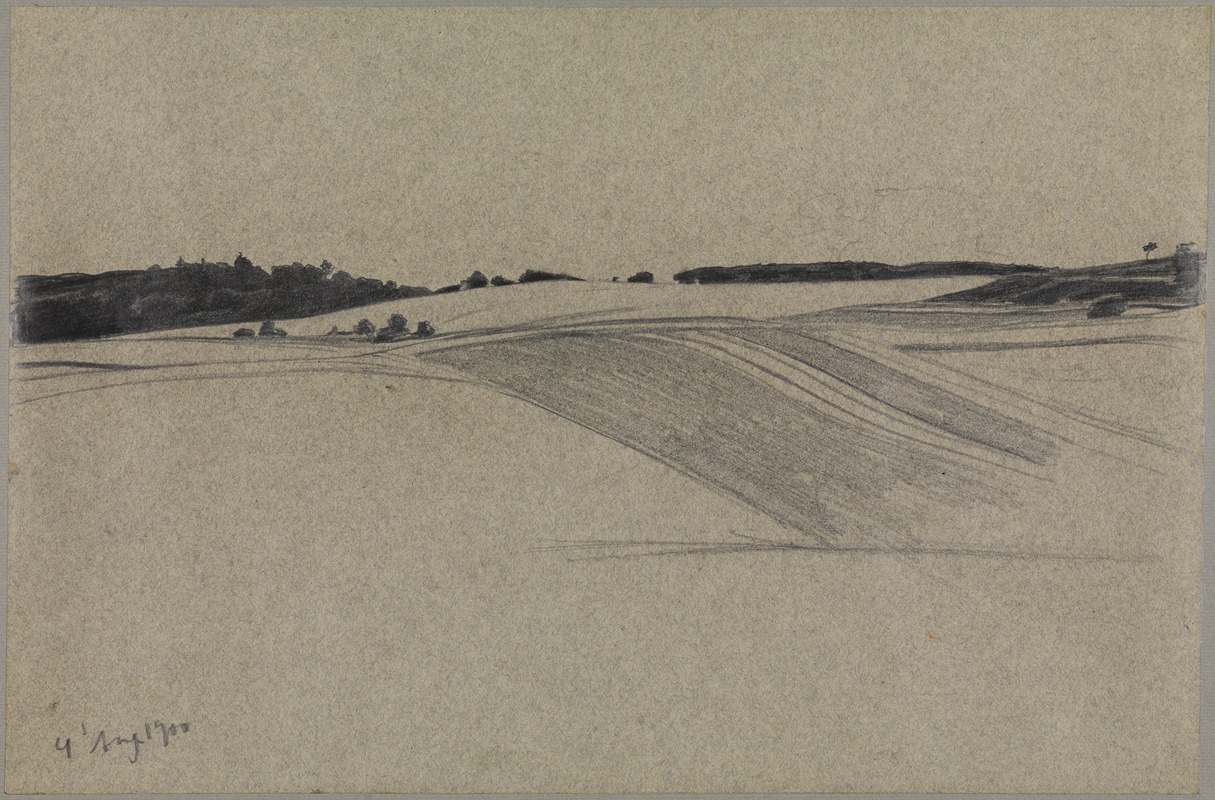
Wald hinter Hügeln bei Königsfeld
A hand-painted replica of Gustav Kampmann’s masterpiece Wald hinter Hügeln bei Königsfeld, meticulously crafted by professional artists to capture the true essence of the original. Each piece is created with museum-quality canvas and rare mineral pigments, carefully painted by experienced artists with delicate brushstrokes and rich, layered colors to perfectly recreate the texture of the original artwork. Unlike machine-printed reproductions, this hand-painted version brings the painting to life, infused with the artist’s emotions and skill in every stroke. Whether for personal collection or home decoration, it instantly elevates the artistic atmosphere of any space.
Gustav Kampmann was a German painter associated with the late 19th and early 20th centuries, known for his contributions to the Impressionist movement in Germany. One of his notable works is "Wald hinter Hügeln bei Königsfeld," which translates to "Forest Behind Hills Near Königsfeld." This painting exemplifies Kampmann's skill in capturing the serene beauty of natural landscapes, a common theme in his body of work.
Kampmann was born in 1859 in Bonn, Germany, and studied at the Kunstakademie Düsseldorf, a prominent art academy that played a significant role in shaping the careers of many artists during that period. His education there would have provided him with a solid foundation in traditional painting techniques, which he later adapted to suit his Impressionist style.
"Wald hinter Hügeln bei Königsfeld" reflects Kampmann's interest in the interplay of light and shadow, a hallmark of Impressionism. The painting depicts a tranquil forest scene, with the dense foliage of the trees creating a canopy that filters sunlight onto the forest floor. The hills in the background add depth to the composition, suggesting a landscape that extends beyond the immediate foreground. Kampmann's use of color is subtle yet effective, with a palette that captures the natural hues of the forest environment.
The location, Königsfeld, is a town in the Black Forest region of Germany, known for its picturesque landscapes and dense woodlands. This setting would have provided Kampmann with ample inspiration for his work, as the Black Forest is renowned for its natural beauty and has been a subject of artistic interest for many painters.
Kampmann's work, including "Wald hinter Hügeln bei Königsfeld," is characterized by a sense of tranquility and an appreciation for the natural world. His paintings often convey a mood of peaceful introspection, inviting viewers to immerse themselves in the serene landscapes he depicts. This approach aligns with the broader goals of the Impressionist movement, which sought to capture the fleeting effects of light and atmosphere in everyday scenes.
Throughout his career, Kampmann exhibited his work in various art shows and gained recognition for his contributions to the German art scene. His paintings are held in several collections, both public and private, and continue to be appreciated for their artistic merit and historical significance.
Gustav Kampmann passed away in 1917, but his legacy endures through his paintings, which offer a glimpse into the natural beauty of the German landscape during his time. "Wald hinter Hügeln bei Königsfeld" remains a testament to his skill as a painter and his ability to convey the quiet majesty of the natural world through his art.





